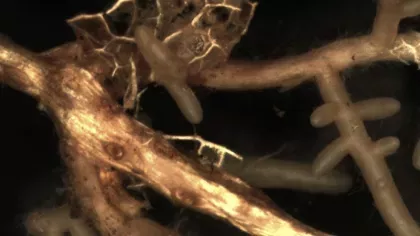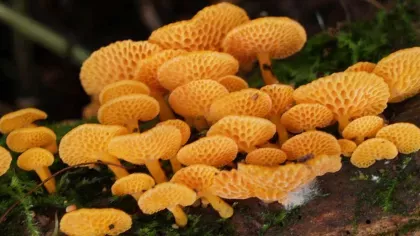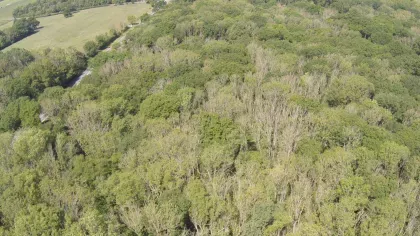20 November 2018
Fungus in Parliament: transcribing a slice of history
Volunteer transcriber Ben Hirschler finds some fascinating historical nuggets buried among the dried mushrooms in Kew’s Fungarium, the largest collection of fungal specimens in the world.

In May 1883, a rather fine horse mushroom (Agaricus arvensis) was found growing in the cold and damp cellar of the House of Commons in London.
Now, 135 years later, that parliamentary impostor has been logged on a digital database open to researchers around the world – thanks to us!
The work of digitising the world’s largest collection of fungi, dating back two centuries, can feel like peeling back history. Handwritten labels in faded ink tell a brief story for each specimen, conjuring up an era of Victorian men in frock coats (plus a few women) poring curiously over newly discovered fungi.
A historic collection
Kew’s Fungarium was founded in 1879 and is still being added to every day, as collectors provide new specimens from around the world. That makes it an invaluable resource for researchers looking at changes in fungi distribution, driven by factors such as climate change. At the same time, it has long also been a unique resource for artists, including children’s author Beatrix Potter, one of the many who have visited Kew over the years to examine the specimens.
The example of Agaricus arvensis that found its way from the House of Commons to Kew is one of more than 1.25 million dried specimens stored in green cardboard boxes on the shelves of the fungarium in the Jodrell Laboratory. The collection – which carries with it a faint whiff of mushroom soup – contains many historically important specimens gathered by notable scientists and explorers, including Charles Darwin and Alexander von Humboldt. The oldest specimens date back to the eighteenth century. Others are much more modern, of course, but it is the old ones that leave the lasting impression.
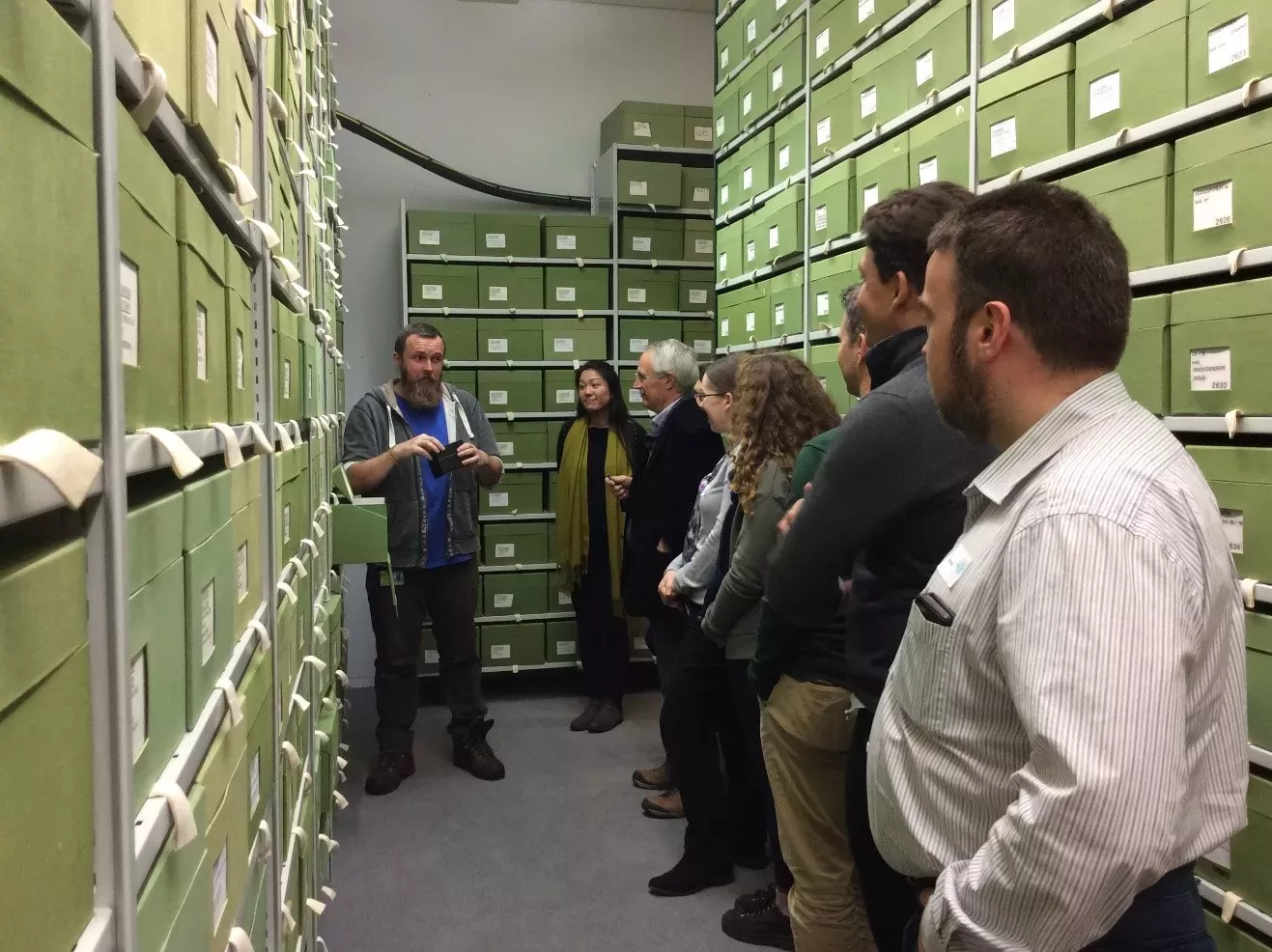
Bringing the collection into the 21st century
Today, the collection is being taken into cyberspace, with the help of volunteers using the online crowdsourcing platform DigiVol. The database contains bar-coded images of each specimen and their all-important labels. The snag is that the labels are often hard to read, which is where volunteers come in. Deciphering the vital scientific data on when and where the sample was collected, how it was described at the time and who collected it requires a degree of detective work – and cross-checks with official lists of the names of species and collectors, as well as Googling obscure place names.
The reward is a searchable online resource available worldwide that can be used in ecological, biogeographical and conservation research to better understand a vital part of the planet’s ecosystem. Fungi, which are closer to animals than plants in evolutionary terms, play a central role in recycling nutrients and capturing carbon, as well as providing humans with the tools for making everything from bread and beer to penicillin and Marmite.
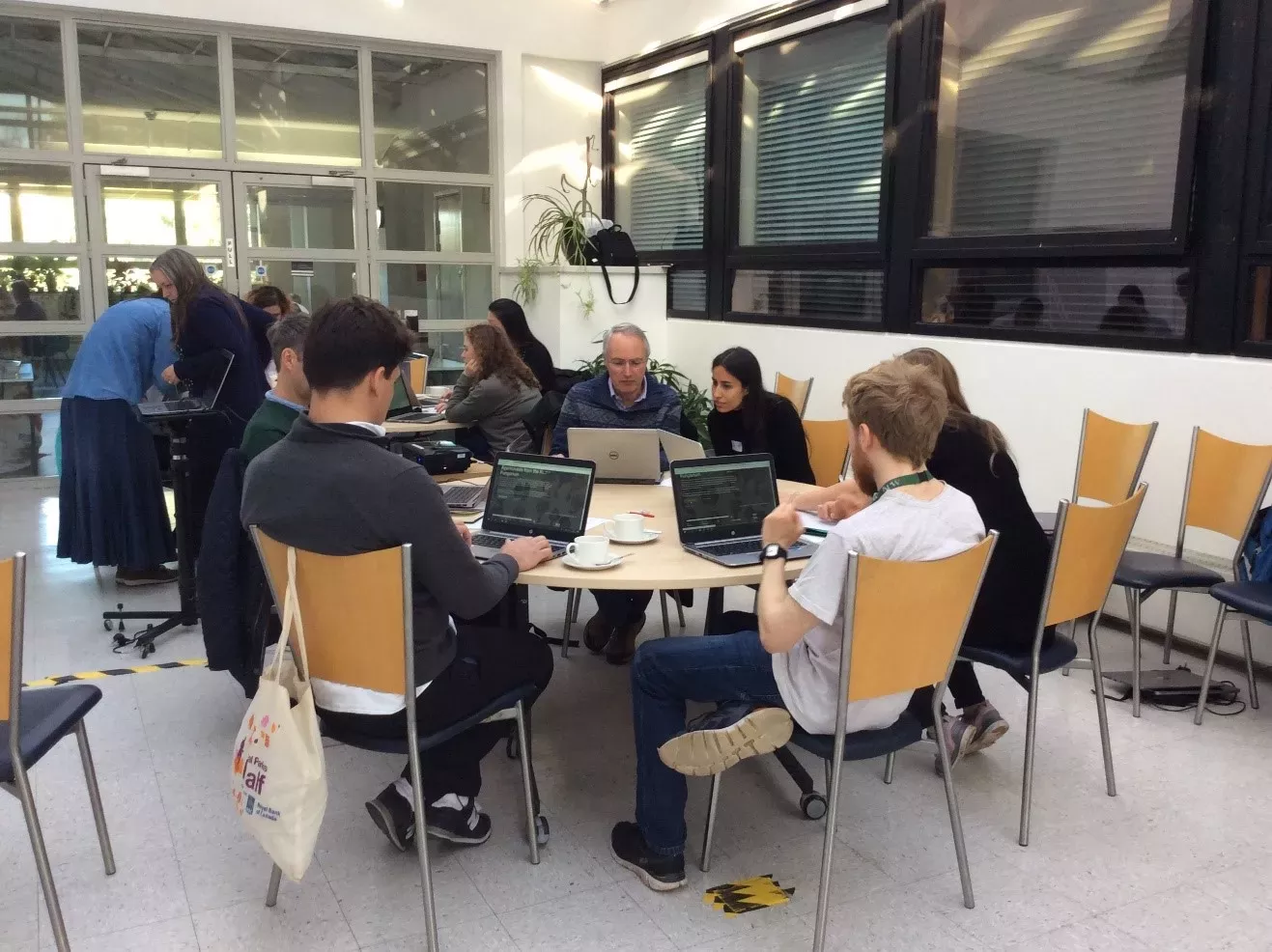
Our collections need you
WeDigBio (Worldwide Engagement for Digitizing Biocollections) is an international event which aims to raise awareness and get people involved in digitising biological collections by encouraging institutions, that hold these collections, to invite the public in.
This year, Kew held the first State of the World’s Fungi symposium so we thought it fitting to centre our WeDigBio event around fungi. For one day, we invited volunteers into Kew to transcribe label data from fungarium specimens online with support and guidance from Kew staff, and experienced volunteers. The voluteer transcribers also got to visit our preserved collections of fungi held in the Fungarium.
But this is just not a one time event, we need help all year round and for many years to come…
Visit here to explore our Digivol expeditions and to give it a try!

